Top Flight Instruction Programs: Cost, Steps, & Eligibility
May 07, 2025
Want to become a pilot? Various cost-saving strategies, including options that may be eligible for financial assistance, are available for aspiring pilots. This article breaks down flight instruction, including costs, steps, and eligibility. Learn how to choose the right flight school and what to expect on your journey to the skies.
Key Takeaways
-
Choosing the right flight school is key; prioritize reputable schools with experienced instructors and diverse training programs to ensure success in your aviation journey.
-
The path to obtaining your private pilot license involves a series of critical stages, including ground school, hands-on flying experiences, and passing essential exams, each designed to build confidence and skill.
-
Financing options are available for flight training; explore scholarships, flexible payment plans, and federal loans to ease the financial commitment and make your aviation dreams a reality.
How to Choose the Right Flight School
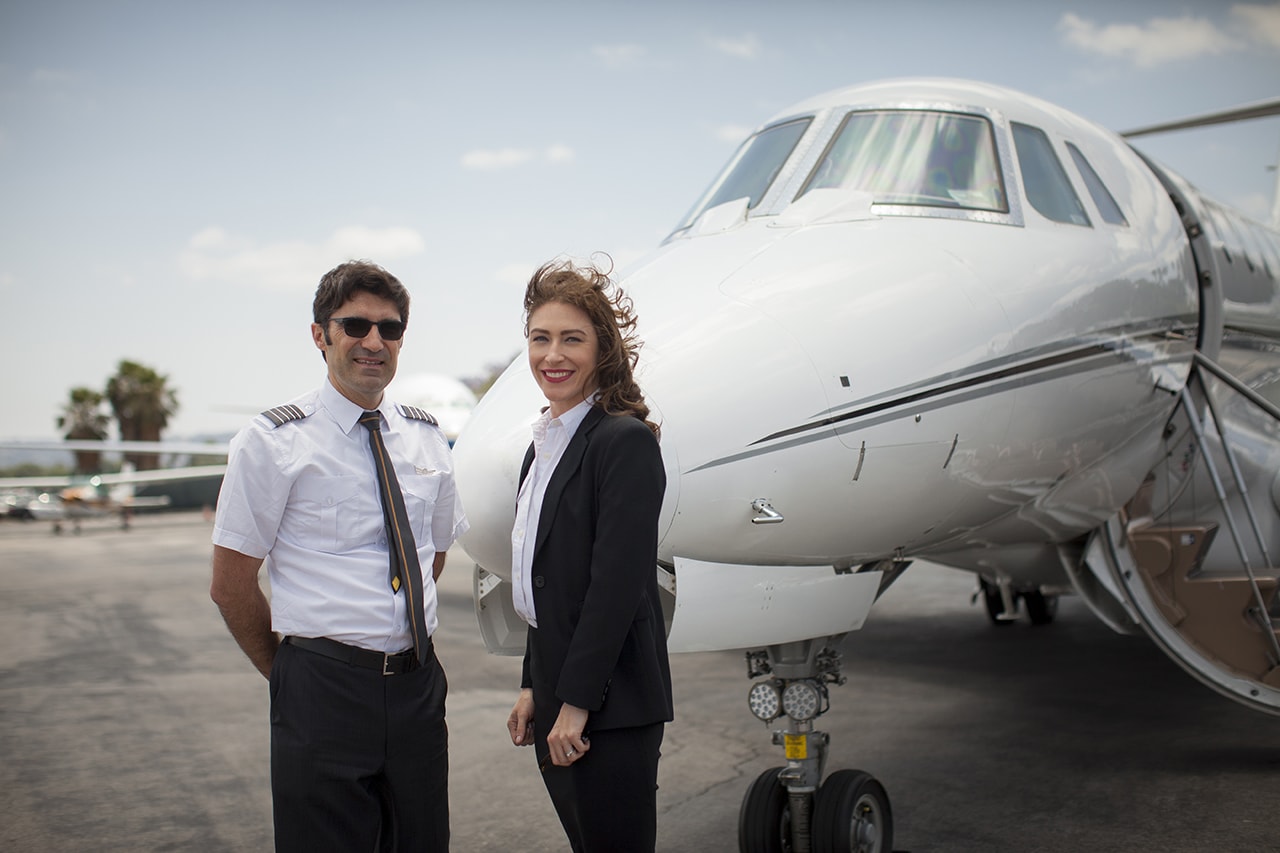
Choosing the right flight school is key to your aviation future. A flight school’s reputation is often tied to the quality of its pilot training programs and the achievements of those who have graduated from them.
Look for schools that have a good reputation and get testimonials from former students so you know what to expect from their training courses and how they will help you become proficient. Choosing a program that delivers the best training possible will give you a solid foundation for long-term success as a pilot.
You need to have multiple training options at your chosen school. Whether you want private pilot training or career advancement as a commercial pilot or specialization in certain skills, the programs offered should match what you want to achieve.
Certified instructors with real world flying experience are essential. They should be able to adapt their teaching methods to each individual’s pace and style so you can absorb the lessons.
The location of the flight school can have a big impact on your practical training. Schools near major hubs or with good weather conditions offer more opportunities for hands on training. Additionally, having multiple training locations provides access to a greater number of aircraft, training environments, and job placements, maximizing your opportunities in the aviation industry.
Prospects improve when there is a nurturing educational environment with state-of-the-art facilities and clear communication on costs and school rules so you can commit financially without any ambiguity.
Schools near you tend to offer more personal attention throughout the entire flight training journey and the process of getting licensed a complex but critical part of becoming a confident pilot ready to learn to fly anywhere in the world.
The Journey to Becoming a Private Pilot
Becoming a private pilot is a big adventure that’s both educational and personal. Your journey starts with ground school where you’ll lay the foundation of knowledge about flying. If you’re still deciding where to take flying lessons, this is the perfect stage to explore your options and choose a school that aligns with your goals. Then comes your first flight—a big moment where you get to feel what it’s like to fly an aircraft.
Once you’ve met all the standards and passed all the exams, you will obtain your private pilot certificate.
Every step of this journey has been designed to make you competent to fly an aircraft safely. From learning the theoretical aspects of flight dynamics to practical skills in flying planes, this training will have you feeling confident by the end of it.
Ground School: Building the Foundation
Your flight training begins with ground school where the foundation of a pilot’s knowledge is laid. Here you will dive into the theoretical aspects of flying including aerodynamics, navigation, meteorology and FAA regulations all the things that will help you understand flying and prepare for hands on training. It makes practical sense to focus on understanding the theoretical aspects of flying to manage training costs effectively.
These courses are structured to prepare students to pass the written tests required to get a private pilot certificate. You will learn about weather patterns, how to create a detailed flight plan and adhere to safety procedures. This first segment will not only get you ready for the upcoming tests but also give you the skills to manage real life in flight situations.
Join the Briefing Room Squadron
Whether you’re dreaming of becoming an FAA-licensed pilot, flying high in a home simulator, or simply geeking out on aviation knowledge, the Briefing Room Squadron is your community.
Explore our courses and communities designed for:
-
Aspiring Licensed Pilots – Prepare for your FAA written exams with confidence.
-
Flight Simulator Aviators – Enhance your sim experience with real-world ground school knowledge.
-
Flight Nerd Enthusiasts – Learn more about aircraft, airspace, and aviation systems just for the love of it.
👉 Join us and take flight virtually or for real. Flight Nerd Air Force
First Flight: Taking to the Skies
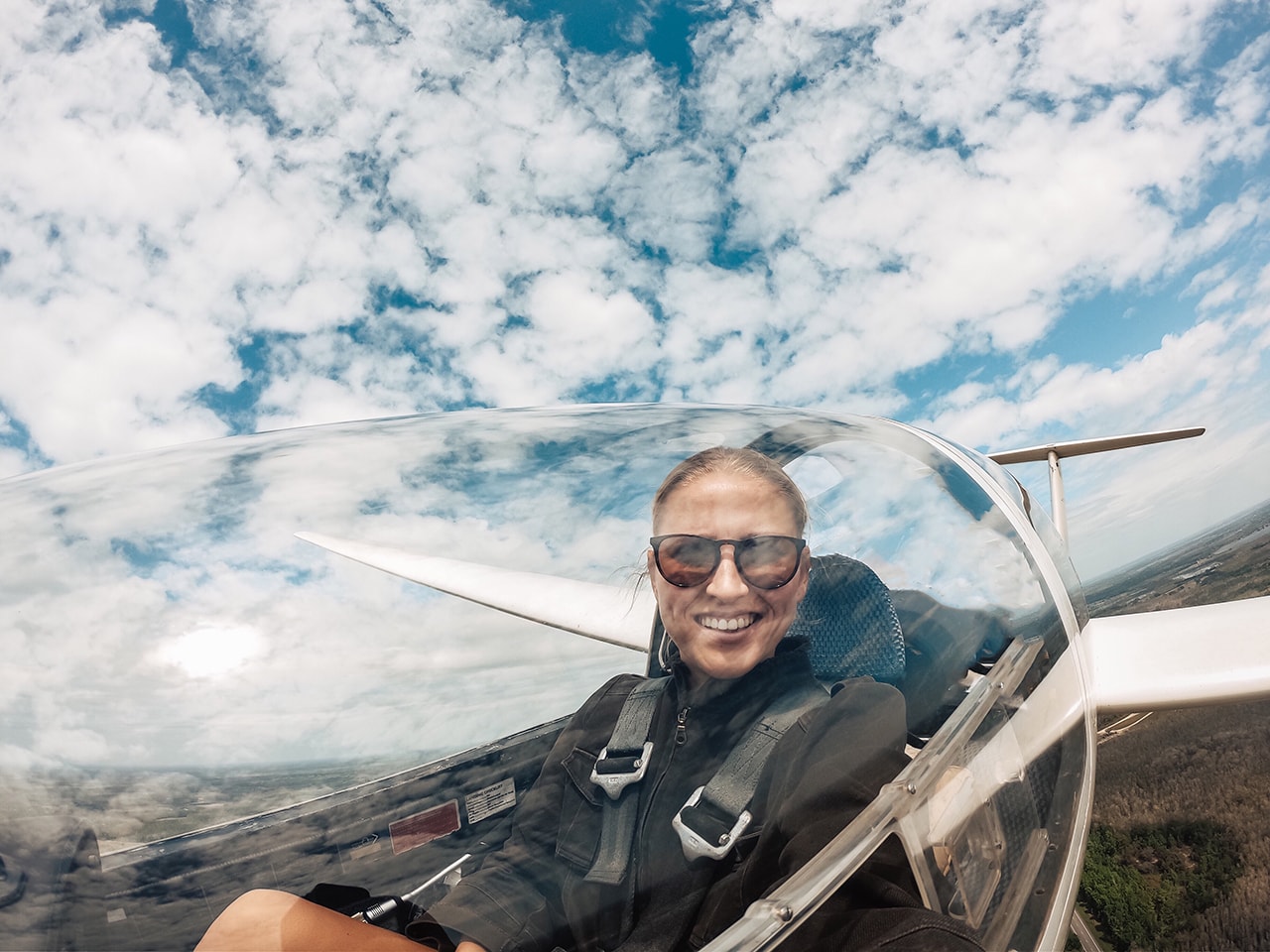
Your first flight is a big milestone in your pilot training. It’s called a discovery flight and you get to fly with an instructor who’s been trained to the highest standard. The mix of excitement and nerves as you first touch the controls is amazing.
This practical exercise reinforces and solidifies the theory you learned in ground school and gives you a real insight into what it’s like to be at the helm of an aircraft.
In this first flight you’ll get to experience the basics of flying an aircraft including basic handling, air traffic control communication and navigation. It’s a great opportunity to see how the theory you learned comes to life – what it’s like to actually steer a plane.
These are the experiences that will give you confidence in yourself and motivation to continue with your aviation training. This experience is crucial for those who wish to train as flight instructors in the future.
Obtaining Your Private Pilot Certificate
Congratulations, you made it! Now you must complete at least 40 hours of flight time, solo and dual, to get your certificate. These hours are to make sure you’re proficient in all the flight maneuvers and can handle different flying conditions.
You also need to pass a written test on the theoretical aspects of flying. Tracking your training progress is crucial to ensure you meet all the requirements for obtaining your private pilot certificate.
After: To get your private pilot certificate you must:
-
Complete at least 40 hours of flight time, solo and dual.
-
Be proficient in all flight maneuvers and handling different flying conditions.
-
Pass a written test on the theoretical aspects of flying.
The final step is the practical test, where you’ll show your flying skills and knowledge to an examiner. Pass and you’re ready to fly solo. Complete all and you’ll get your private pilot certificate and open the doors to new aviation adventures.
Advanced Training Programs for Aspiring Airline Pilots
If you want to become a commercial pilot you will need to go through advanced training programs. These programs are designed to hone the skills required for a career in commercial flying. These advanced training programs are designed to be efficient, helping students become airline pilots in the shortest possible timeframe.
Multi engine instruction, simulator training and recurrent training are all part of each program to increase your competence and give you the skills for airline operations.
Going from a private pilot to an airline captain requires different levels of training and certifications. For example students can do the Airline Career Pilot Program which will take them from zero experience to ready to fly for an airline in about 9 months.
Let’s look at some of the advanced training options available at our academy that will get you flying an airliner.
Multi-Engine Training: Expanding Your Skills
Commercial pilots need to do multi-engine training to be able to fly more complex aircraft for airline jobs. The training involves learning advanced maneuvers such as engine failure, uneven thrust and cockpit resource management.
Having these skills not only makes you safer but more attractive to employers. Students must be committed to learning these advanced maneuvers to succeed in multi-engine training.
Before you start multi-engine training you need to have a private pilot certificate and some flight time experience.
You need to pass a medical and a written exam before you can start your specialized training. This process ensures those who do the training have been vetted and ready for the complexities of flying multi-engine aircraft.
Simulator Training: Enhancing Safety and Skills
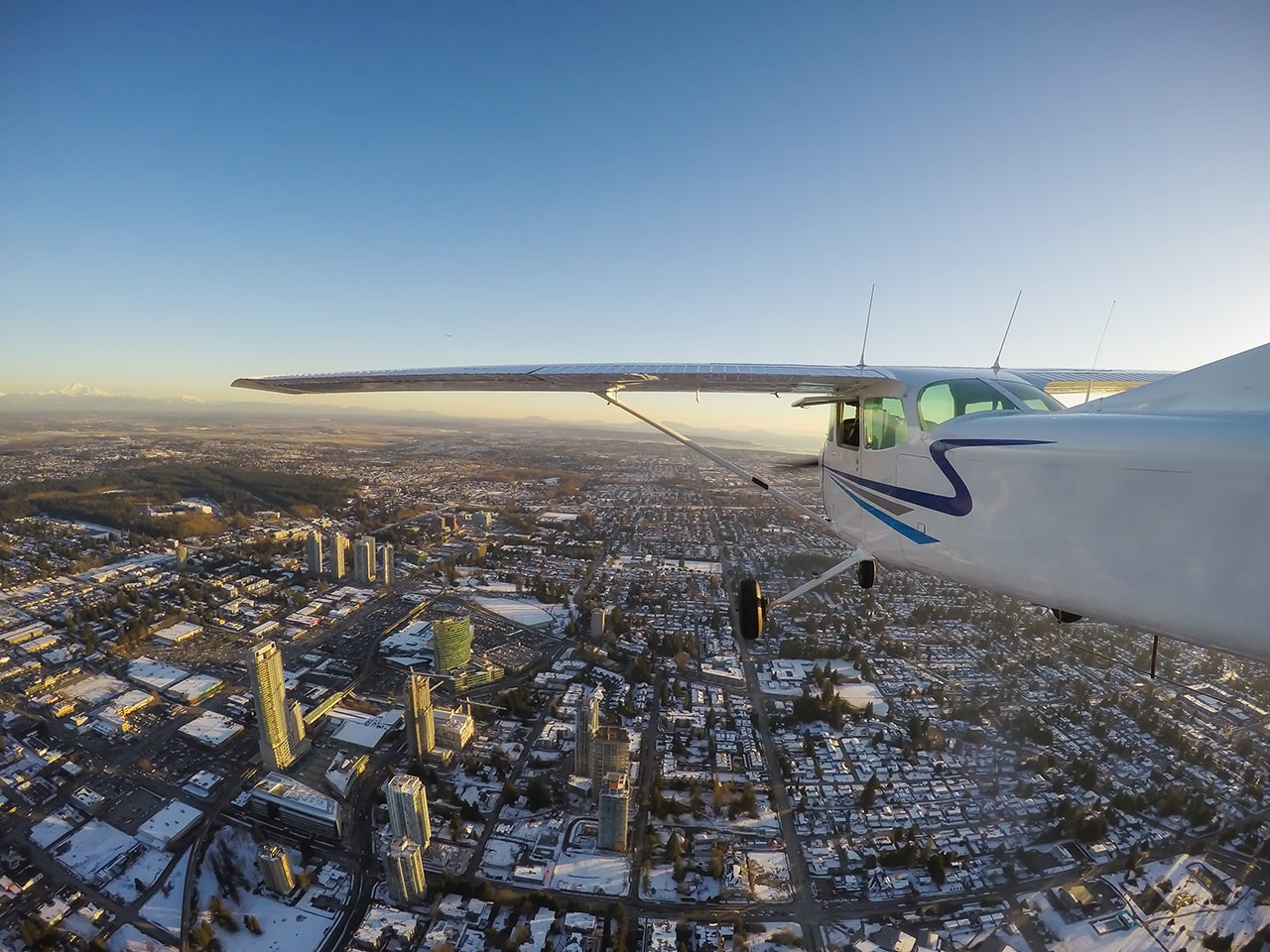
Training in a simulator gives pilots a safe and controlled environment to try different flying scenarios without the risks of actual flying.
Using simulators allows pilots to turn theory into practice and get a better understanding of aerodynamics and decision making. This is essential for practicing emergency procedures and reactions to unexpected events.
By practicing in simulators regularly aviators can build confidence and competence – two key ingredients for real flying. Simulators are the tools to master takeoffs, landings or emergency procedures mid flight. They are key to staying proficient and safe in aviation. Having access to a network of flight schools enhances the quality and accessibility of simulator training.
Recurrent Training: Staying Current
Staying current with skills and up to date with the latest aviation regulations and technology is key, that’s why recurrent training is so important. Through regular sessions conducted by the airline, you can maintain your skills and stay informed of industry changes. This ongoing training refreshes your knowledge of safety procedures and operational techniques.
Recurrent training is more than just compliance with regulations. It’s being a better pilot. An active investment in your skills means you’re ready for anything and a vital part of any airline or aviation organization.
Airline Partnerships and Career Opportunities
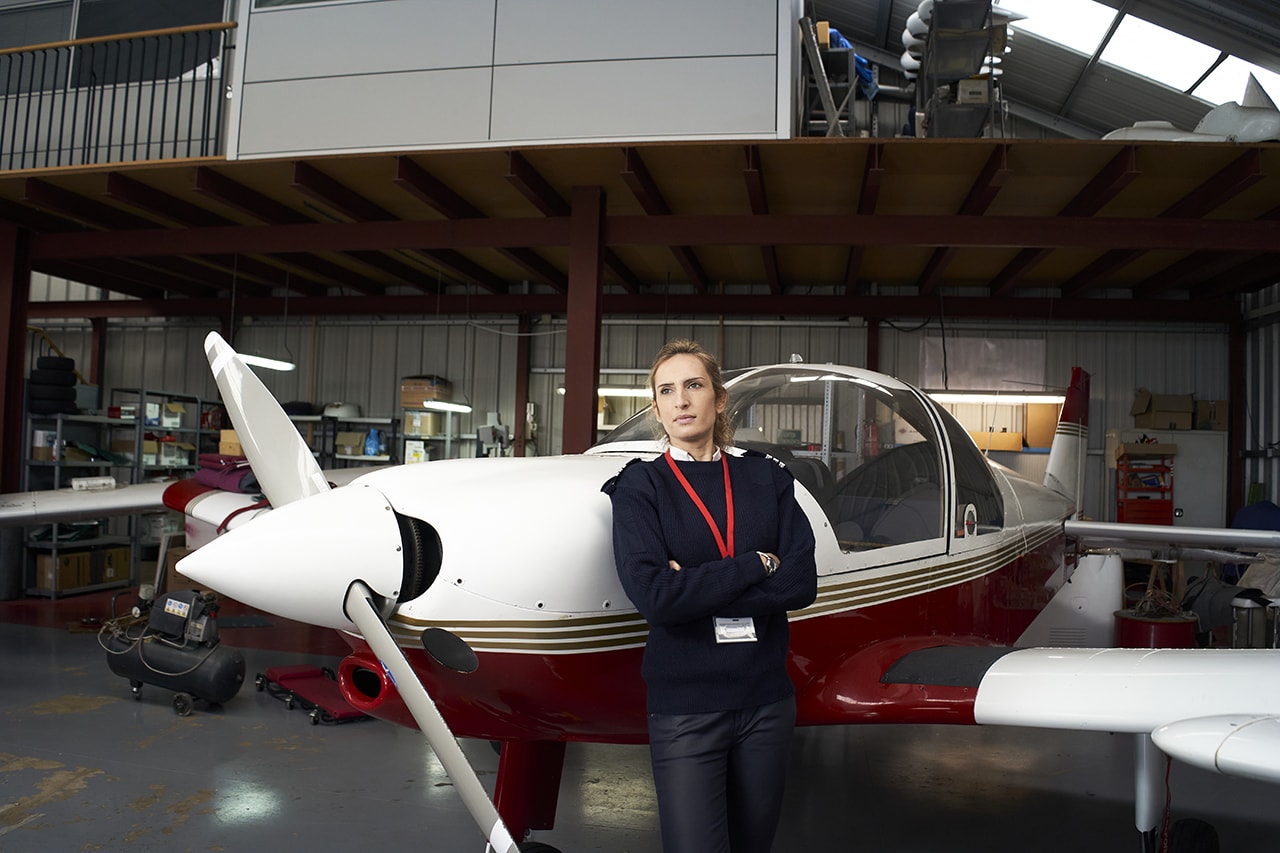
Many flight schools and training programs have partnerships with airlines, providing students with a direct path to a career as a commercial airline pilot. These partnerships can offer a range of benefits, including job placement assistance, tuition reimbursement, and access to advanced training programs.
Airline partnerships can also provide students with valuable networking opportunities, allowing them to connect with industry professionals and learn about the latest developments and trends in the field. Some flight schools may offer specialized training programs, such as a multi-engine or instrument rating course, to help students prepare for a career as a commercial airline pilot.
The demand for skilled and qualified pilots is high, with many airlines facing a shortage of experienced pilots in the coming years. By partnering with airlines, flight schools can provide students with a competitive edge in the job market, as well as access to the resources and support they need to succeed in their career.
Career opportunities for pilots are diverse and exciting, with options ranging from flying for a major airline to working as a corporate pilot or flight instructor. With the right training and experience, pilots can advance to leadership roles, such as captain or chief pilot, and enjoy a rewarding and challenging career in the aviation industry.
Safety Record and Standards in Flight Training
Safety is the top priority in flight training, with all flight schools and instructors required to meet strict safety standards and regulations. The FAA sets and enforces safety standards for flight training, including requirements for aircraft maintenance, instructor certification, and student training.
Flight schools must also maintain a strong safety culture, with a focus on risk management, emergency procedures, and accident prevention. Students should research a flight school’s safety record and standards before enrolling, looking for factors such as a low accident rate, well-maintained aircraft, and experienced instructors.
Safety training is an essential component of flight training, with students learning about emergency procedures, such as engine failure or system malfunctions. Flight schools may also use simulators and other training devices to teach students how to respond to emergency situations in a safe and controlled environment.
The aviation industry is constantly evolving, with new technologies and procedures being developed to improve safety and reduce risk. By prioritizing safety and maintaining high standards, flight schools can provide students with a safe and effective learning environment, and help them develop the skills and knowledge they need to become competent and safe pilots.
Financing Your Flight Training
Getting the money for flight training can be a big challenge but there are many ways to offset the cost. Students can tap into federal student loans which include subsidized and unsubsidized options. These financial aids cover tuition and training costs so you don’t have to.
Specialist aviation lenders and private lenders offer bespoke financing options for those in flight training. These loans take into account more than just credit scores so are available to a wider pool of students.
Some loan packages even include living expenses so you have more flexibility. Credit unions offer personal loans for flight education which have better rates and terms. Credit unions might offer loans specific to flight training needs which have good rates and terms.
Many flight schools offer payment plans directly; this allows students in pilot training programs to pay over time rather than all at once. Scholarships from various organizations also offset educational costs for aspiring pilots. Veterans can find it easier on their pockets by using their benefits such as the GI Bill® to fund their training.
While using your own savings can avoid interest charges altogether, be sure to have enough fallback resources in case of unexpected events. Students should also participate in financial assistance programs to help offset the cost of flight training.
Career Paths After Flight Training
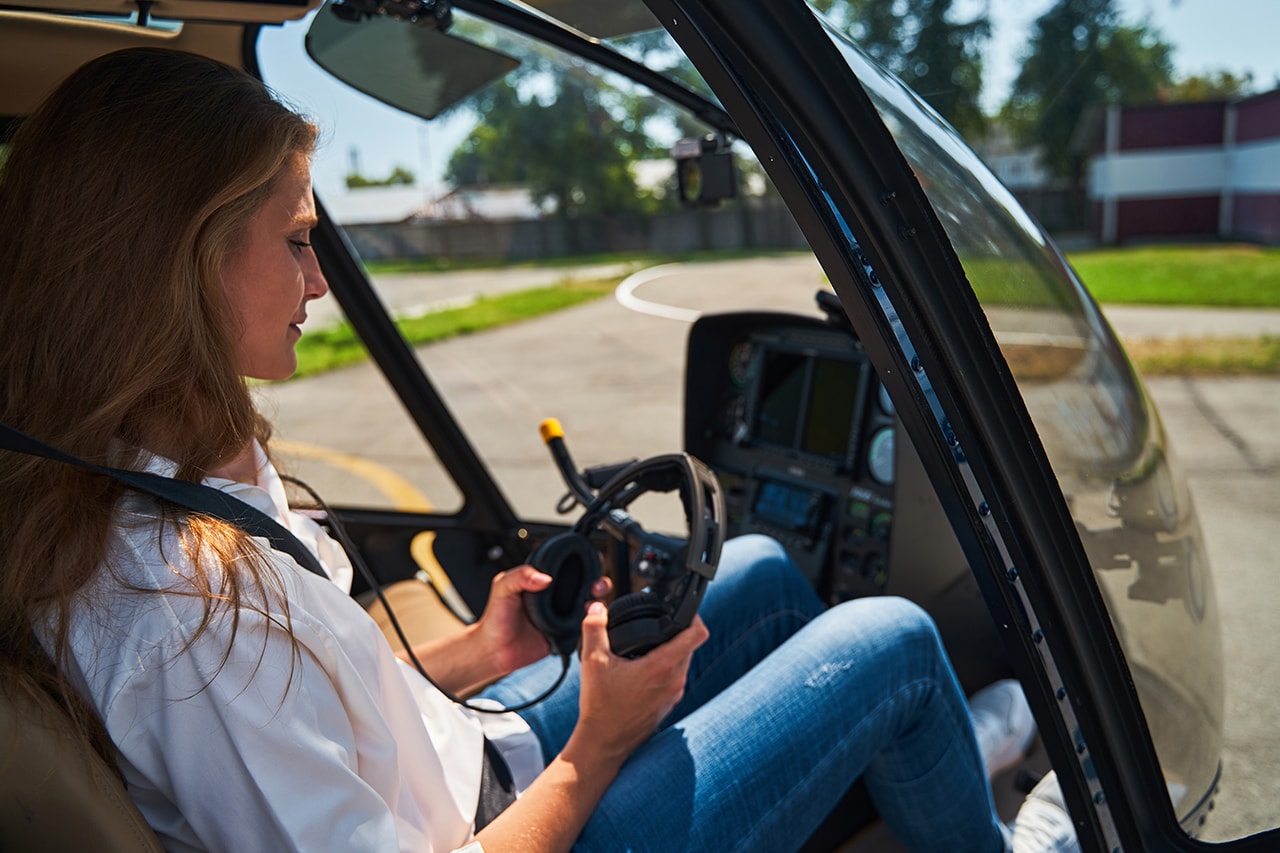
Flight training opens up many career paths in the aviation industry. The journey often leads to becoming a commercial pilot and getting a multi engine rating is key to this. This allows pilots to fly bigger and more complex aircraft in line with airline operations.
Pilots looking beyond airlines have many options such as private flying, charter, or emergency medical flights. Civilian pilots usually start in foundation roles like instructing new students or flying cargo to build up hours. Recurrent training ensures they keep their certificates and continue to work in this industry.
There are many different career paths in the aviation industry, each with its own challenges and benefits. Individuals may aim for positions from airline captain to corporate jet pilot and more. Regardless of direction, initial pilot training lays the foundation for these career goals.
